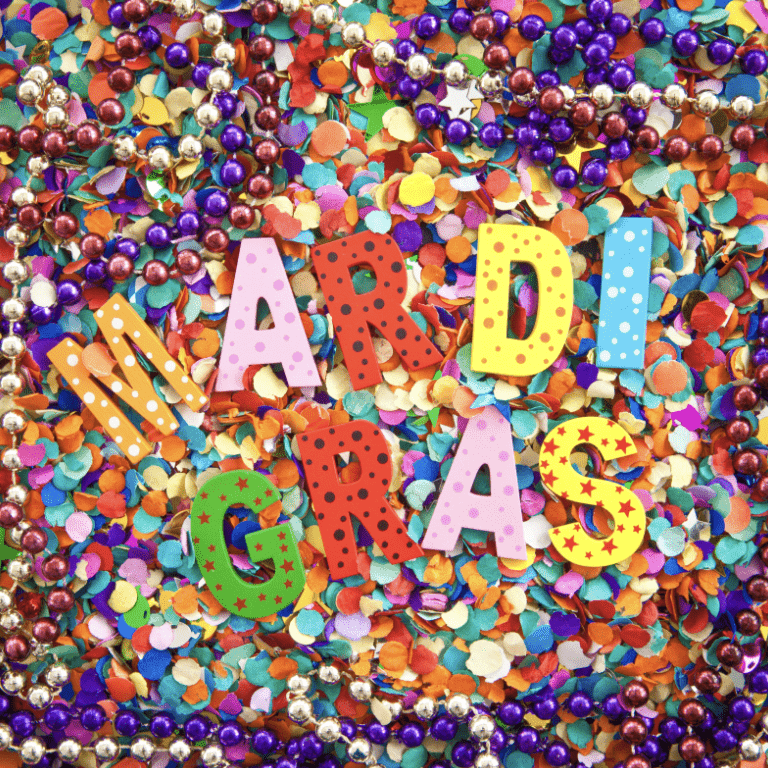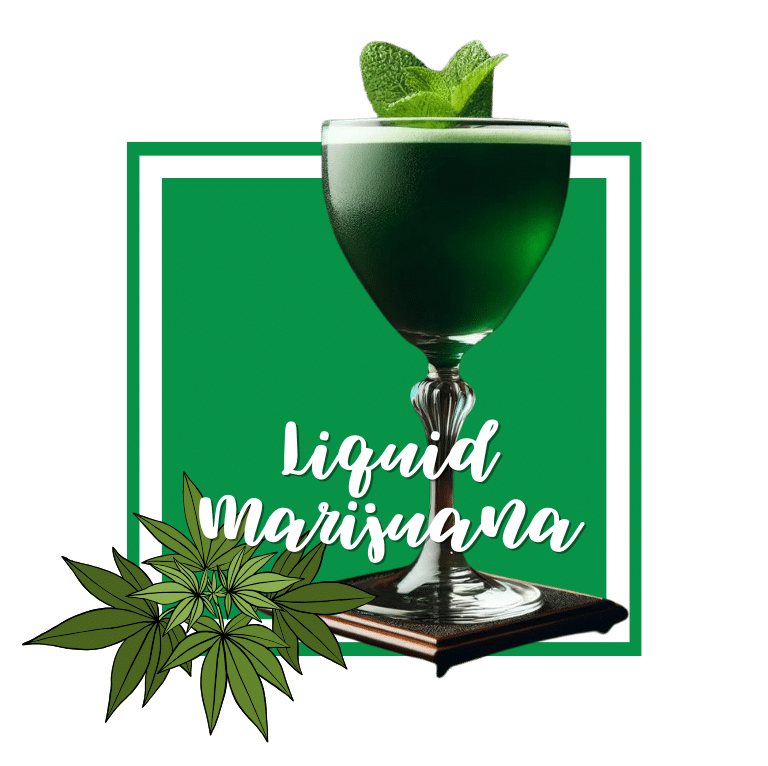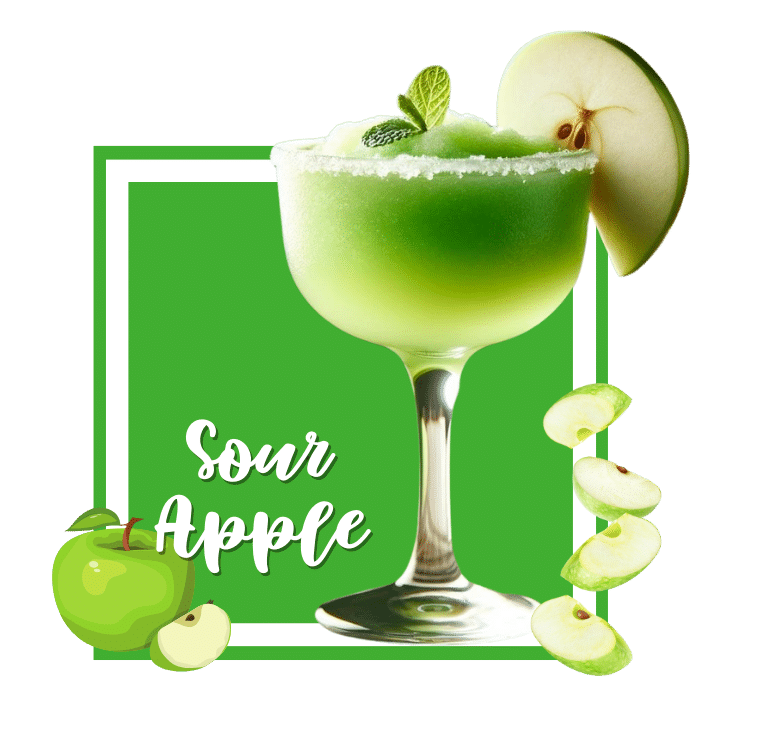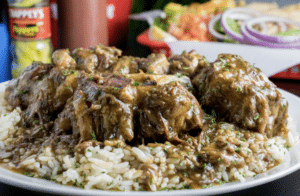Key Points
Feast upon some trivia about New Orleans’ wildest day of the year
While not everybody can attend the most talked about party of the year, Daiquiri Depot can bring a little piece of NOLA to Arlington with its frozen daiquiris, soul food, and party-like atmosphere.
About Mardi Gras
Every year, the city of New Orleans hosts a frenzy of people, most of them wearing colorful masks or bodypaint, all in celebration of Mardi Gras (aka “Fat Tuesday”). Mardi Gras is the Christian feasting period before Lent begins on the following day, Ash Wednesday. This day of indulgence includes galas, parades, and parties that pretty much take over the city, growing bigger and badder every year over the last few centuries.
Here’s some interesting trivia about the unique history and culture of Mardi Gras.
1) Mardi Gras—the French term for ‘Fat Tuesday’—lasts for weeks.
Carnival kicks off 12 days after Christmas on January 6 (otherwise known as Twelfth Night) and continues until Fat Tuesday (the evening before Ash Wednesday.) It’s a period filled with celebrations, parades, balls, and parties, all of which culminate on Mardi Gras.
2) The first North American Mardi Gras was celebrated in Alabama—not Louisiana.
French-Canadian explorer Pierre Le Moyne d’Iberville arrived in what is now modern-day Mobile, AL, on Fat Tuesday, 1699. He named the location Point du Mardi Gras and threw a party. In the years that followed, French travelers would come to the spot explicitly for Fat Tuesday celebrations. To this day, Mobile, Alabama claims to hold the oldest Mardi Gras celebrations in the country.
3) The traditional colors are purple, green, and gold.
This trio of colors has symbolic meaning: purple for justice, gold for power, and green for faith.
4) The King Cake, a traditional dessert, has biblical roots.
The story of these colorful pastries dates back to the Medieval Times when French, Belgian, and Spanish cultures commemorated the 12th day of Christmas with gifts and sweets. Biblically, the kings during this time visited the newborn baby Jesus, bringing gifts and sweets of their own. That’s where the “king” in king cake comes from. Today, the cakes are fried and doughy, glazed and frosted, typically in the Mardi Gras colors. They’re usually circular and braided, to resemble a King’s crown. Most cakes are baked with a tiny baby figurine on the inside, and whoever finds the toy, as tradition holds, must host the next big party.
5) Mardi Gras became the celebration we know today because of a secret society.
Since its first impromptu celebrations in the early 1700s, Mardi Gras was regularly canceled or banned for its destructive drunken parties. In 1837, a secret society known as the Mistik Krewe of Comus aimed to elevate the chaotic experience, replacing the anarchy with posh balls and joyful parades. Eventually, the “Fat Tuesday” celebrations of New Orleans garnered much support and enthusiasm, establishing itself as the Mardi Gras capital of the country.
6) It is illegal to wear masks in New Orleans except on Mardi Gras.
The masquerade is a tradition of the Mardi Gras festivities as an opportunity for people to shed their inhibitions and fully imbibe in the party spirit. A New Orleans city ordinance prohibits the wearing of masks on any other day, and on Mardi Gras masks must be removed by 6:00 p.m.













